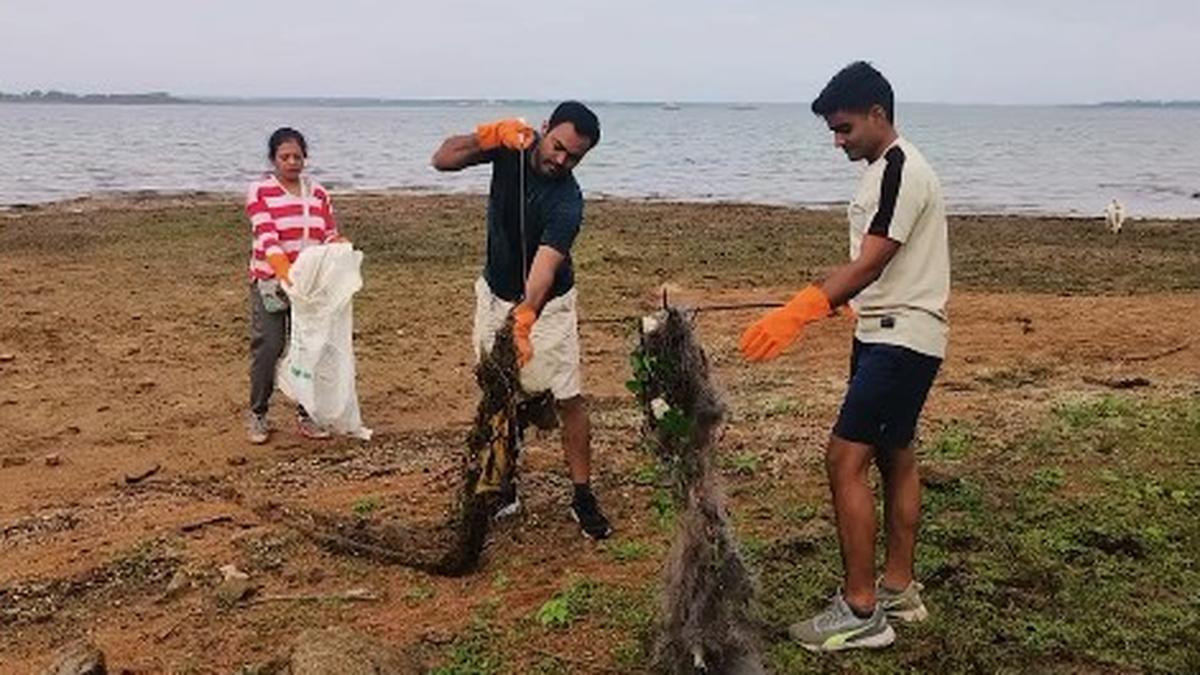
India’s heritage activists: power of the people
The Hindu
Citizen groups across India work to preserve heritage, protect the environment, and promote sustainable urban development in their communities.
Tamil Nadu
Madras Day celebrations — with its heritage walks, talks, contests and exhibitions — have become a part of the city’s annual calendar ever since a group of like-minded residents, including historian S. Muthiah, media entrepreneur Vincent D’Souza and historian-author V. Sriram, joined hands about two decades ago, to commemorate Chennai’s founding. Over the years, many other citizen forums have emerged to document and celebrate the state’s heritage.
Tamil Heritage Trust, a non-profit co-founded by retired IIT-Delhi professor S. Swaminathan, has been involved in a range of activities, from heritage talks to workshops on temple architecture. They also help create awareness among school teachers, in the areas of history, art and architecture. Madras Inherited is another initiative by architects and volunteers that aims to reveal hidden architectural gems through heritage walks and document the fast-disappearing residential structures in Chennai. There are also individuals such as P. Devi Arivu Selvam who has been involved in the protection of heritage artefacts in the Madurai region. She has discovered more than 33 hero stones and published her findings in a book. And history enthusiast Madhusudanan Kalaichelvan, who curates guided tours to Tamil Nadu’s temples and monuments through his initiative, Ratham.
Telangana
The relationship between people and their cities changed during the COVID-19 lockdown. Hyderabad was no exception. “During the pandemic, a few right-thinking people thought of setting up a recycling unit in our community to prevent the Musi River from turning into a dumpsite. We onboarded five communities and village residents to segregate, sort, and reprocess waste,” says Kobita Dass Kolli of Gandipet Welfare Society. The group is now involved in various conservation efforts, including the restoration of ancient stepwells. Kolli is also part of Save the Banyans of Chevella, another civic group that came into being when the Telangana government unveiled plans to cut down 100-year-old banyans that lined the road to Chevella and onwards to Karnataka from Hyderabad. They pooled resources to fight a case in the National Green Tribunal, which has ruled that the National Highway Authority of India must conduct an Environmental Impact Assessment before starting the road widening project.
Assam
Few people in Guwahati took a group of middle-aged men seriously when they formed a citizens’ forum in the early 1980s to help the local administration turn the city into a sustainable, green urban space. Guwahati had undergone rapid urbanisation after the creation of the state of Assam in 1972. The forum decided to find a middle ground between reclaiming marshlands and constructing hospitals and colleges. Its push led to the passage of the Guwahati Water Bodies (Preservation and Conservation) Act in 2008. Conserving Guwahati’s green lungs was crucial because the 328 sq. km. city and its outskirts have 18 hills, eight reserve forests, two wildlife sanctuaries, and a Ramsar site (wetland), apart from the Brahmaputra flowing past its northern edge. These natural attributes together house 334 free-ranging fauna species, according to a 2020 report. The unprecedented flooding of Guwahati in August also made residents come together to form the Citizen-Based Organisation — prioritising issues such as waterlogging, sewage and drainage systems, and groundwater management.

 Run 3 Space | Play Space Running Game
Run 3 Space | Play Space Running Game Traffic Jam 3D | Online Racing Game
Traffic Jam 3D | Online Racing Game Duck Hunt | Play Old Classic Game
Duck Hunt | Play Old Classic Game











